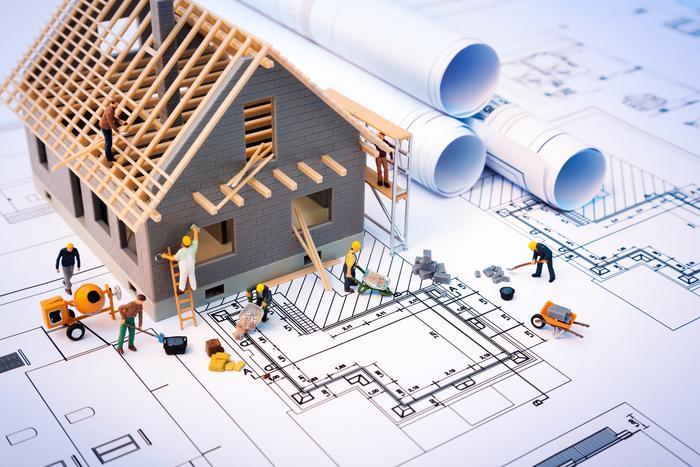
A Guide for Remodeling a Commercial Property
Earlier this week I got to talking to a business pal from the past that owns a seamless gutter company out in Texas, and he shares his experience with contractors and that when it comes to remodeling a commercial property, it’s crucial to ensure that the process goes on as smoothly and quickly as possible. This is the best way to avoid workflow disruption. As such, it’s important to hire an experienced commercial property builder and designer. This will enable you to ensure that your remodeling project goes as expected. Here are useful guidelines to help you with your commercial property remodeling project.
The Remodeling Process
Commercial space remodeling can be a daunting task. Managing the operations of your business and monitoring the renovation process is not easy. That’s why you should hire a professional commercial builder that will handle your project from the beginning to the end. Talk to the commercial property remodeler first to know the process and the duration your project will take.
Project Research and Planning
You need to have the reason for remodeling your commercial property in mind. What do you want to achieve at the end of the project? Research and planning a commercial property remodeling project involves different tasks.
Major among them include:
- Taking care of design alterations
- Permit acquisition
- Building certificate and code of occupancy review
- Resolution and review of the building violations
- Timeline and budget setting
- Plumbing, electrical, HVAC and mechanical mapping
- Planning for fire protection
- Structural drawing
- Exterior and interior building design
- Infrastructure planning
- Security and insurance
- Material procurement
Construction
After project preparation, the actual construction starts. This entails coordinating the collaboration of designers, architects, and trades. Proper coordination ensures that the project moves efficiently and quickly. It also ensures that the project goes according to plan with smooth transition between stages. Clear communication among the involved parties is very important at this stage.
Completion
The commercial property is cleaned properly after all tasks have been completed and the property has been inspected to ensure that everything has been done. Aesthetic tweaks are made before moving furniture back in. Lien documentation, contracts, certifications, guarantees, drawings, and user manuals are filed away for future reference.
The most important thing is to work with the right experts throughout the commercial property remodeling project. Choose your designer and builder careful and let them know your project goals to accomplish them with ease.
…




